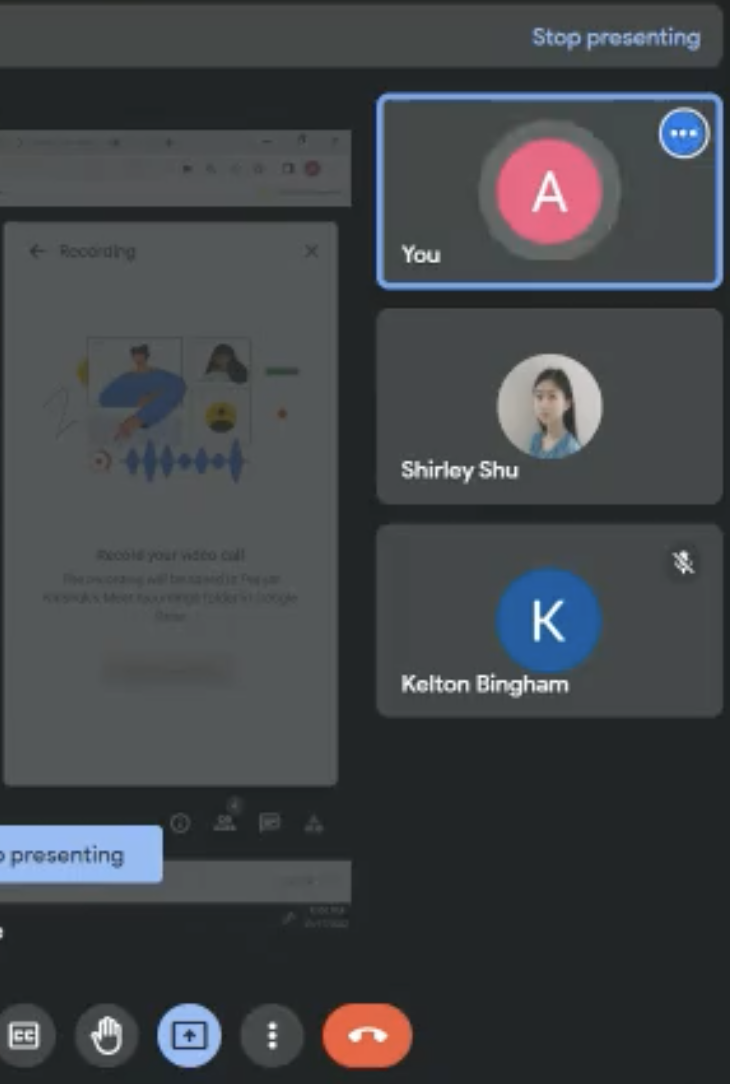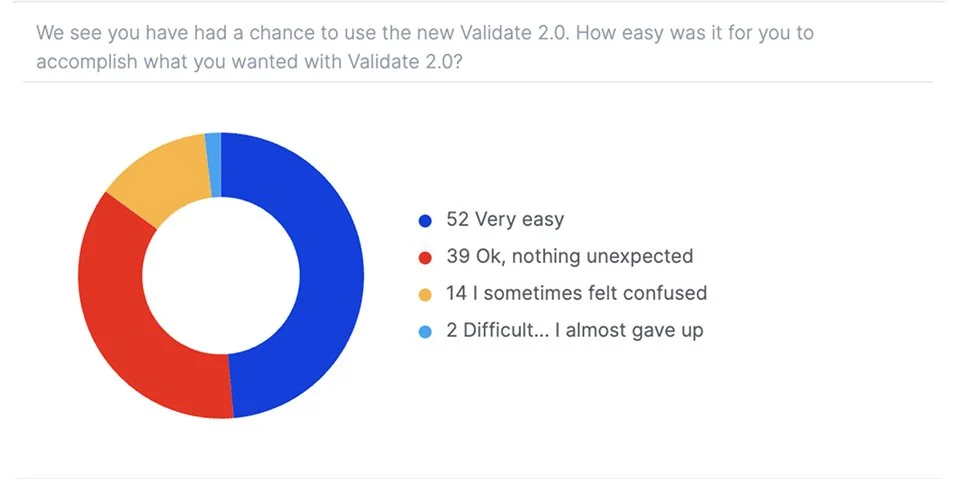
Validate
A collaborative and interactive B2B tool simplifies financial statement reviews
Tool
Miro, Figma, Usersnap
My role
End to end design process
Team
Auditing experts
Devs
Project summary :
Traditional financial statement auditing is often time-consuming, and prone to errors. This is further compounded when managing large volumes of data. To address these issues, Validate was created to streamline the auditing process. The business aimed to enhance user experience to boost adoption rates and expand sales to external users.
This redesign transformed the product from a static review tool into a streamlined, automated, multi-role workflow tool.
Data review is a tool feature that helps auditors review figures and other data from financial statements. The original product allowed auditors to review the accuracy of figures using specific checkmarks generated by the system. The redesign focused on enabling users to modify data and collaborate directly within the platform, addressing auditors’ behaviors and pain points without leaving the tool in front of them.
Today, Validate is the flagship product of Extractly.ai, widely adopted by leading firms worldwide, receiving overwhelmingly positive response and an impressive NPS 45. Clients adopting this tool include BDO, PKF, RSM, and Grant Thornton.
Context:
The previous product had a static review function, only flagging errors without offering solutions, forcing auditors to use additional tools. This limitation contributed to a low adoption rate.
In the example below, this page from a financial statement shows how the previous product indicated data accuracy using red and green checkmarks.
Previous product
Validate’s goal:
As a B2B product, the business aimed to enhance efficiency for auditors by simplifying financial statement reviews, ultimately driving sales growth.
Efficient Experience: Create a seamless workflow to help auditors review financial statements more effectively.
Time Savings: Automate and streamline the review process to reduce auditors' workload.
Sales Growth: Expand product adoption and reach to increase sales among external companies.
Research with key questions below to understand auditors’ behaviours, needs and pain points while reviewing financial statements
Study industry knowledge
Methods:
Online study/AI
Friends in finance/accounting
Key takeaways:
The auditing workflow is highly complex, involving multiple steps and relying on numerous linked reference documents.
Terminologies: Casting, consistency, primary tables…
Interview experts
Methods:
5+ accounting experts
Multiple workshops
Key takeaways:
Clients, auditors, and reviewers are involved in validating financial statements.
Auditors verify calculations, check consistency across documents, compare versions, conduct reviews, and link data sources for accuracy and compliance.
Auditors are overwhelmed by repetitive manual tasks and constantly switch between platforms and sources due to the lack of unified documentation.
Market research
Methods:
Secondary research
Demo of competitor’s product - Datasnipper
Key takeaways:
Automating the review of primary tables and enabling user corrections will be a key differentiator, as most tools focus on other checks, like invoices, rather than financial statements.
Overwhelmed with insights, we needed to synthesise them, streamline the user flow, define users and problems in this scope.
Define target users:
For this project, we decided to focus on auditors and reviewers as our target users since they primarily complete the work.
Auditors: Correct the financial statement.
Reviewers: Check auditors work.
Journey map
Pain point 1 – Dependence on other tools for modifications
Auditors struggle to modify and annotate financial statements because the old product lacks these features. They must rely on external tools like calculators, PDF editors, and referencing various documents to figure out what and how to modify the figures.
Pain point 2 – Fragmented collaboration
Without a unified document for tracking changes, reviewers must switch between platforms to collaborate with auditors, leading to miscommunication and missed details.
The problem statement
Auditors need a seamless, all-in-one solution for reviewing and modifying financial statements to reduce platform switching, improve efficiency, and minimize errors.
Brainstorm and prioritise ideas:
To address the problem, we decided to enable auditors to modify financial statements and collaborate with reviewers on a single platform.
We prioritized ideas based on effort and business impact, postponing related features for future development to maintain focus and manage scope.
Modifying figures is the highest priority, as it ensures accurate calculations and enables auditors to provide informed advice when validating financial statements for external clients.
Prioritise ideas
There were 13 scenarios and multiple edge cases identified while modifying figures
After consulting with developers, I tailored the design to align with the scenarios identified by the backend logic. Notes are added for various scenarios to clarify the system logic, helping users make informed decisions more easily.
Edge cases like long text, error messages were also included.
Example of notes based on system scenarios
Example of error message
Example of long text
Mockup V1 – Introducing editing with calculation modification
Through multiple iterations and testing, I refined the design based on user insights and behavior. Now, users can modify calculations—a new feature that allows them to interact with figures in the financial statement by clicking on them and making adjustments in the right panel.
One example of the Mockup V1
Mockup V2 – Reviewing errors with direct figure comparison and note history
To improve efficiency, I introduced navigation shortcuts for quickly reviewing hundreds of figures.
Since totals and figure differences are key for auditors, I made them highly visible for easy comparison.
I also prioritized notes, ensuring auditors can review them first before making informed decisions using the available action buttons.
One example of the Mockup V2
Project feedback and outcome
Improved usability: Over half of the users now find the platform easier to use, according to survey results.
High user satisfaction: With an NPS of 45, users expressed strong satisfaction and provided overwhelmingly positive feedback.
Business impact: These enhancements contributed to successful sales to top accounting firms.
Industry influence: Competitor Dadasnipper introduced a specialized financial suite similar to ours after our redesign.
Survey of 60+ real users
NPS score
Sales to leading firms
Feeback from real users
Reflection:
In this project, many scenarios and edge cases were identified through the design, so we should clearly define the scope.
Developers and team members could be invited to stakeholder meetings earlier to gain a better understanding of the project.











